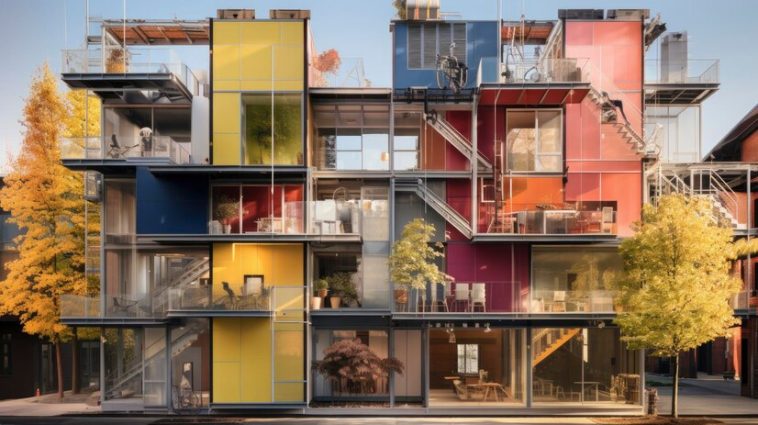As cities grow and climates change, the demand for architecture that evolves in real time is increasing. Enter adaptive architecture—a revolutionary approach that redefines the relationship between buildings and their environments.
Adaptive architecture integrates advanced technologies to create structures that can adjust their form, function, or environment based on external conditions or user needs. This concept is paving the way for a new era of sustainable, responsive, and personalized design.
Key Features of Adaptive Architecture
- Dynamic Facades
Buildings equipped with smart facades can adapt to sunlight, temperature, and wind patterns. Materials like electrochromic glass allow for instant adjustments, optimizing energy efficiency and comfort. - Climate Resilience
Adaptive structures are designed to withstand and respond to extreme weather events, such as flooding or high winds. Retractable roofs, water-diverting foundations, and energy-efficient insulation are just the beginning. - Smart Interiors
From temperature-regulating walls to spaces that reconfigure based on occupancy, adaptive interiors make living and working environments more efficient and enjoyable.
Technologies Powering Adaptation
- IoT Sensors: Collect data on environmental conditions and user behavior.
- Artificial Intelligence: Analyzes data to predict needs and make real-time adjustments.
- Robotics and Actuators: Enable physical changes in the building’s structure or layout.
Examples of Adaptive Architecture
- The Al Bahar Towers (Abu Dhabi): Features a responsive facade that adjusts to reduce heat gain while maximizing light.
- The Eden Project (UK): A series of geodesic domes that maintain microclimates suitable for different biomes.
Adaptive architecture is more than a trend; it represents a paradigm shift toward buildings that are as dynamic and evolving as the people who inhabit them. As technology advances, the potential for creating spaces that anticipate and meet human needs will only grow, ensuring a sustainable and innovative future for the built environment.


